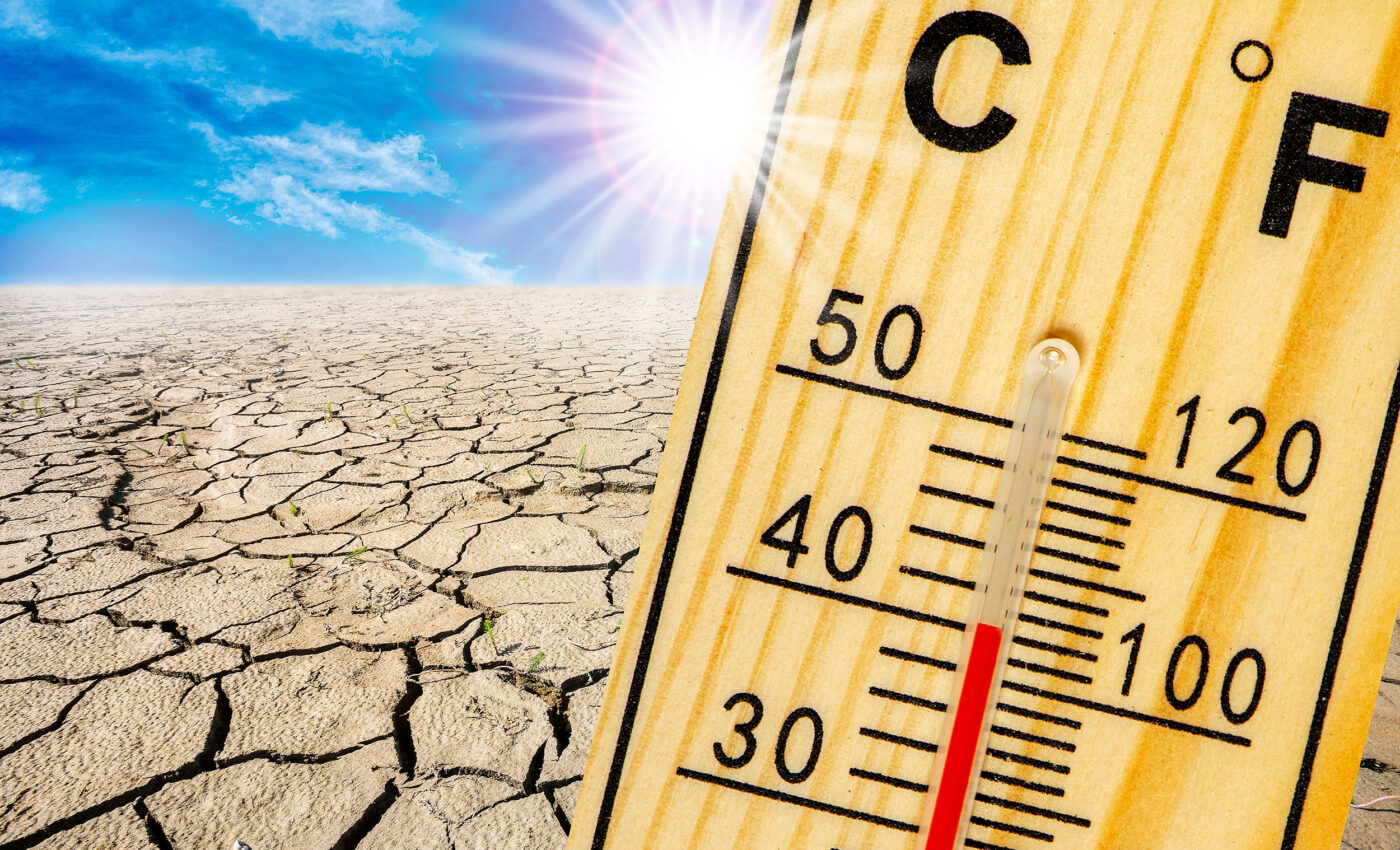
Formal agreement needed to define the current level of global warming
Met Office scientists have highlighted a surprising gap in the climate change discourse. There exists no universally accepted method to define the current level of global warming in the context of the Paris Agreement.
This revelation is not just a mere academic concern but has profound implications for how the world tracks and responds to climate change.
How to define global warming
The team of scientists, led by Professor Richard Betts MBE of the Met Office and the University of Exeter, pointed out that while yearly global average temperatures are well-documented, these figures do not aptly represent the long-term warming trends referred to in the Paris Agreement.
The agreement focuses on sustained changes rather than fluctuations in individual years. However, the absence of a formally agreed alternative metric poses a significant problem.
Professor Betts emphasized the urgency of the matter, stating, “Clarity on breaching the Paris Agreement guard rails will be crucial. Without an agreement on what actually will count as exceeding 1.5°C, we risk distraction and confusion at precisely the time when action to avoid the worst effects of climate change becomes even more urgent.”
The lack of a clear metric could lead to delays and confusion in responding to climate change, at a time when prompt action is critical.
Proposed solution by the Met Office
To address this issue, the Met Office team proposes a novel approach. Their method involves a combination of observed global temperatures over the last decade and projections for the coming ten years.
This approach, they argue, would provide a more accurate and timely indication of whether the world is breaching the critical 1.5°C global warming threshold level set by the Paris Agreement. Using this method, the current global warming level is approximately 1.26°C, with an uncertainty range between 1.13°C to 1.43°C.
The proposed indicator offers a more nuanced understanding of global warming. It accounts for the Earth’s climate system’s natural variability and the human-induced changes driving recent climate trends.
According to Professor Betts, “Using an indicator of several years of observations and projections will smooth out the natural variation to reveal the underlying human-induced warming.” This method recognizes that even an anomalously warm year does not necessarily mean that the Paris Agreement thresholds have been met.
Global warming level of current climate
The urgency to define global warming is underscored by provisional estimates suggesting that 2023 might be the warmest year on record, surpassing 2016. This trend is part of an ongoing series of warmest years recorded since 1850, including years affected by natural climate phenomena such as El Niño.
Professor Betts concludes, “The fact that the warmest years on record include both the highs and lows of natural climate variability is yet more evidence that climate change driven by human-induced greenhouse gas emissions dominates the recent climate record.”
Met Office Climate Dashboard
To support their proposal, the Met Office has introduced a new section in their Climate Dashboard. This section, titled ‘Indicators of Global Warming’, showcases eight different indicators, including the newly proposed metric. It features the Met Office HadCRUT5 data and provides a comprehensive view of global surface warming across various methodologies, complete with explanatory tables and uncertainty boundaries.
In summary, the Met Office scientists’ proposal for a new metric to measure global warming relative to the Paris Agreement goals is a crucial step towards a clearer, more actionable understanding of climate change.
As the world gathers for COP28, this development could be instrumental in shaping global climate policy and action, ensuring that responses are timely, accurate, and in line with the collective ambition to mitigate the worst impacts of climate change.
The full study was published in the journal Nature.
—
Like what you read? Subscribe to our newsletter for engaging articles, exclusive content, and the latest updates.
—
Check us out on EarthSnap, a free app brought to you by Eric Ralls and Earth.com.













